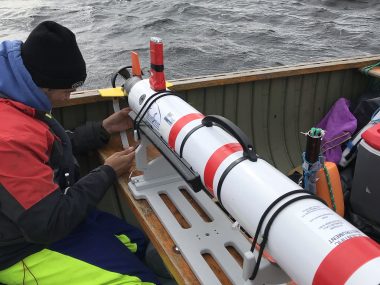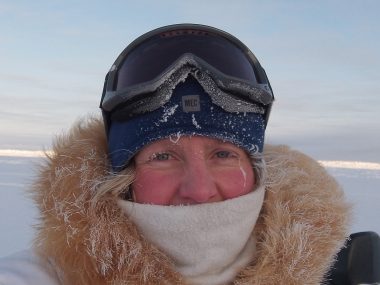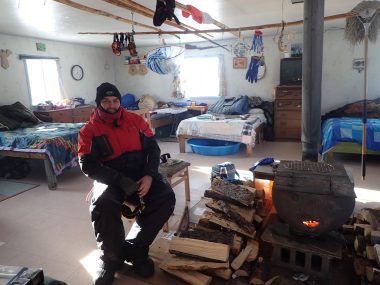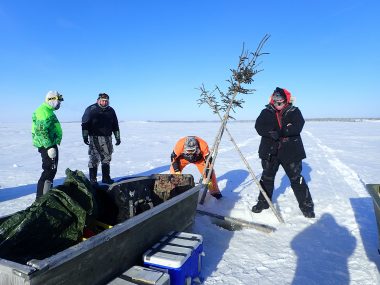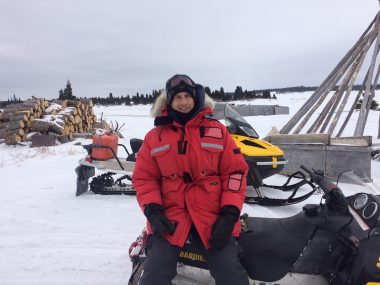Our objectives are to determine (1) the variations in the properties of the coastal waters on daily, seasonal and annual time scales, (2) the differences in the properties of the waters and sediments from place to place, particularly with the influence of river discharges, and (3) the past environmental changes over longer time scales by using records in sediment cores.
Coastal Study
The coastal study is focused on the physical, chemical, and biological properties of the coastal waters that surround the eelgrass and the sediments in which they grow. The eelgrass prefers salty water and needs the right combination of nutrients and enough sunlight in order to grow. Its roots need to be anchored into soft sediments that can also supply nutrients to the plants when needed.
Objectives
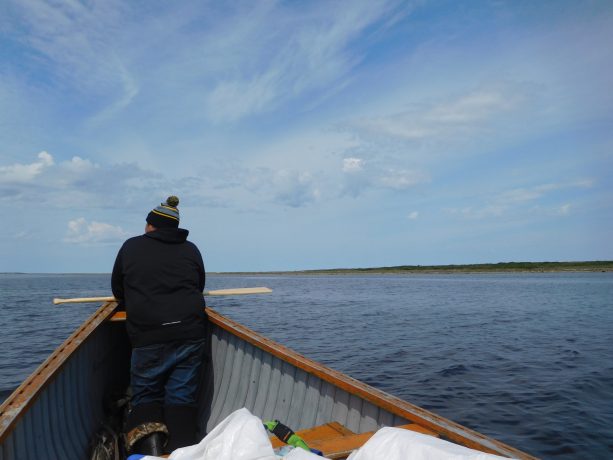
Methods
To assess the coastal water properties, we used a variety of sensors that measure water temperature, saltiness (also called salinity), the amount of light passing down through the water column, and currents. We place the instruments briefly in the water at many different stations to measure the range of properties along the coast. And sometimes we leave the instruments in the water (tied to the bottom or the ice) for a few weeks or months at a time to see the changes in water properties in response to the tide and weather conditions.
We also collect water samples, which are analysed in the laboratory to determine their chemical and biological properties including nutrients, dissolved organic matter, suspended sediment and phytoplankton (microalgae). Sediment samples are analyzed in the laboratory for grain size, mineralogy, and other geochemical properties.
We have sampled at more than 100 stations during several summer and winter field campaigns between 2016 and 2020. During winter, stations near Chisasibi were visited by snowmobile with Cree land-users, while more distant stations were visited by helicopter. During the ice-free season, we worked with Cree land-users to sample from freighter canoes.
Team Members
Our team consists of eight researchers and students from Université du Québec à Rimouski – Institut des sciences de la mer (UQAR-ISMER) and similar numbers from the University of Manitoba.
Links to Other Components
The new data will show the range of water and sediment properties along the coast and help to identify where and when these factors could negatively affect the growth of eelgrass. The coastal study is complementary to the eelgrass study, carefully assessing the factors that are most important for eelgrass health, and to the river study, assess the role of rivers in altering coastal conditions.
